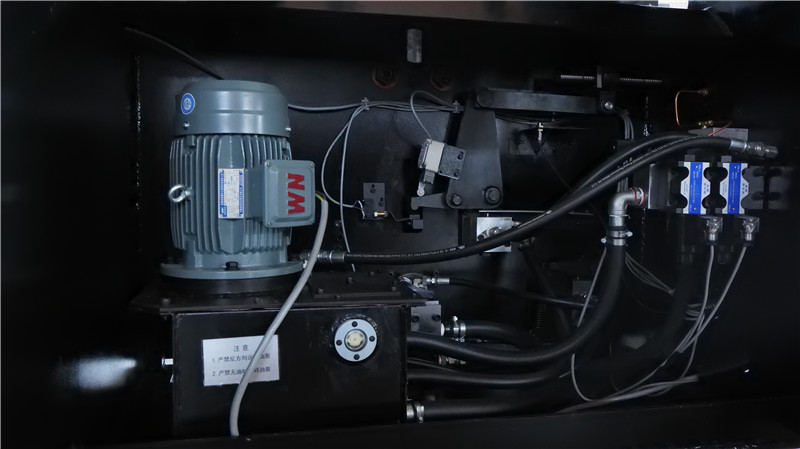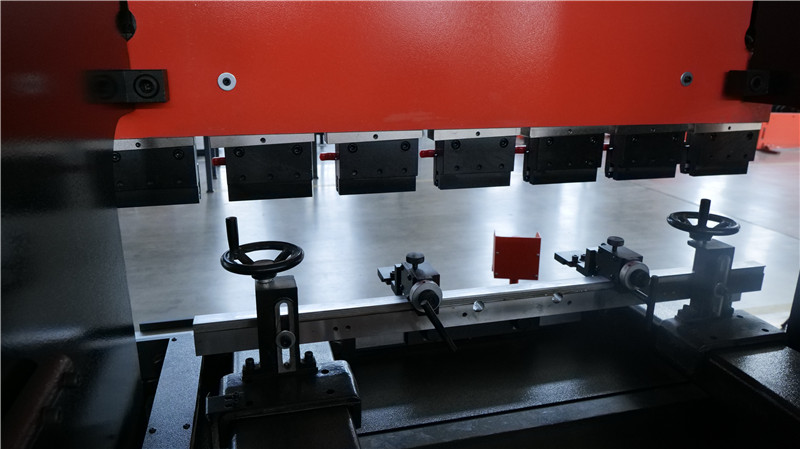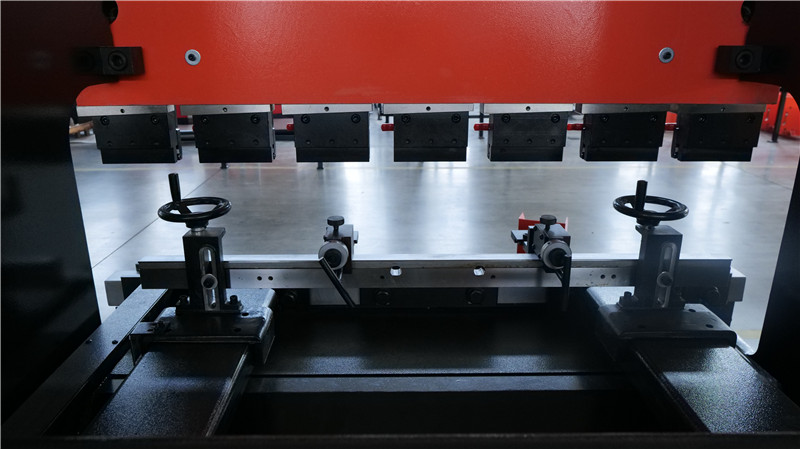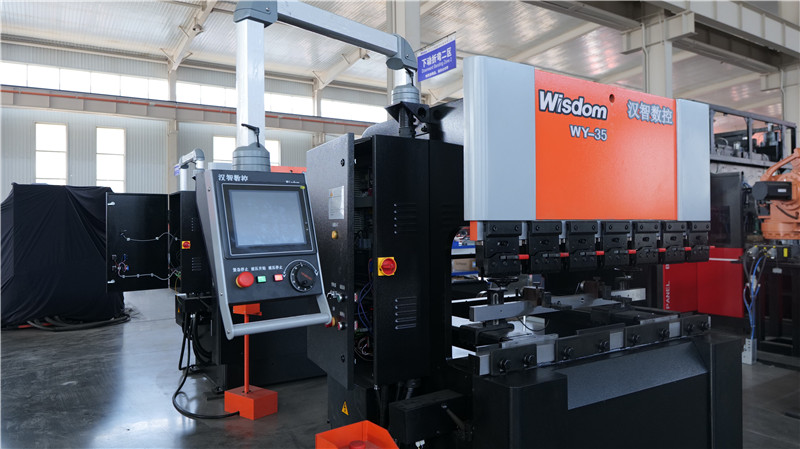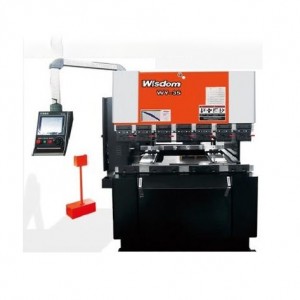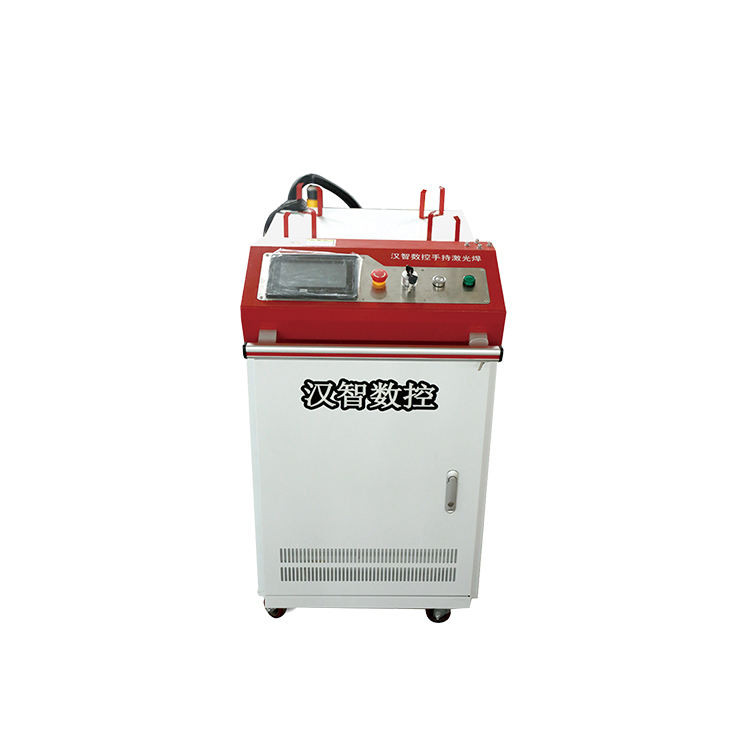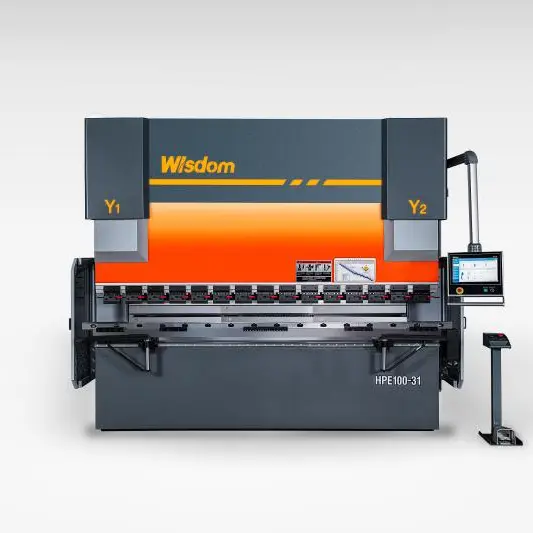A Revolutionary Duo: Hydraulic Metal Bending Machines And CNC Pressbrakes
As industry continues to develop, the need for advanced machinery has become crucial. One innovation that is changing the metal manufacturing industry is the combination of hydraulic metal bending machines and CNC bending machines. These two powerful tools revolutionize the way sheet metal is bent, delivering unprecedented accuracy, efficiency and flexibility. In this blog post, we’ll explore the benefits and features of this dynamic duo, illustrating how they can be a vital asset to every manufacturing industry.
Hydraulic metal bending machine power:
A hydraulic metal bending machine is a versatile piece of equipment designed to bend and form various types of materials, including sheet metal. With hydraulic power, it exerts tremendous force on the workpiece to achieve precise and complex bends. Whether for industrial or commercial use, these machines significantly improve the quality and speed of the sheet bending process.
CNC bending machine: the miracle of precision:
CNC pressbrakes, on the other hand, take precision to a whole new level. These machines are controlled by computer numerical control technology to provide precise and consistent bending operations. By programming specific angles, sizes and shapes into the machine, it can quickly produce large quantities of workpieces of the same specifications. This level of accuracy eliminates human error and increases overall efficiency on the factory floor.
The combination of hydraulic metal bending machine and CNC bending machine:
When these two powerful tools are combined, manufacturers will witness significant improvements in productivity, quality and cost-effectiveness. The integration of hydraulic metal bending machines with CNC pressbrakes allows metal manufacturers to achieve complex bends with the highest precision while saving time and effort.
Produce efficiently and save time:
The integration of CNC capabilities into hydraulic metal bending machines can increase the automation of the production process. Bending operations can be automated by programming the required dimensions and angles into the CNC system. This not only reduces the labor required but also significantly speeds up overall production time. The time-consuming task of manually measuring, calculating and adjusting angles is now a thing of the past.
Versatility and flexibility:
Another significant advantage of this pair is their versatility. The combination of hydraulic metal press brakes and CNC press brakes allows manufacturers to bend a variety of materials, including stainless steel, aluminum and carbon steel, with ease and precision. This versatility allows metal manufacturers to meet the needs of a wide range of industries, from automotive and aerospace to construction and electronics.
Exceptional accuracy and consistency:
Additionally, the integration of CNC technology ensures perfect precision and consistency in every bend. By eliminating human errors and inconsistencies, manufacturers can provide quality products to customers. The CNC system ensures that every bend is performed with the highest precision, resulting in consistency throughout the batch.
In conclusion:
In summary, the synergistic combination of hydraulic metal bending machines and CNC bending machines has revolutionized the metal manufacturing industry. The increased precision, efficiency and versatility provided by this combination raises the bar for sheet bending operations. Manufacturing companies around the world can now increase productivity, reduce costs and increase customer satisfaction. As technology continues to evolve, it’s exciting to consider further future advancements in these incredible machines, paving the way for a brighter future in metal fabrication.
Features
Using Down-acting Ascent Enables Simple Machining Of Larger Workpieces.the Dr/ve Device Is Hidden In The Lower Part Of The Main Body Of The Equipment, Which Saves The Space Between The Frames, And Can Process Even Larger Workpieces.
• using Central Pressure To Prevent Insufficient Force In The Middle Of The Workpiece
To Meet The Process/ng Of High-precision Products.
• During Processing, The Worktable Is Stable And Will Not Move.the Roller Guide
Mechanism Is Arranged In The Front, Rear,left And Right Directions Of The Lower
Worktable, Which Can Make The Worktable Move Smoothly,and Can Easily Adjust
The Gap Between The Rollers And The Guide Blocks,so As To Minimize The Guide Wear Of The Worktable.
• Excellent Frame Structure Design Keeps High Precision Requirements Even After Long-term Use. The Upper Worktable Adopts The Oblique Block Fixing Method To
Avoid Distortion And D/sturbance In The Welding Frame And Ensure The Accuracy Of Long-term Use. The Micro-elastic Deformation Of The Frame During Processing Can
Be Fine-tuned In Front Of The Workbench.
• The Lower Limit Pos/tion Of The Lower Table Is Set By Reading The Encoder Pos/tion.
In This Des/gn,different Lower Limit Pos/tions Can Be Set According To Different Bend-
Ing Lengths, Thereby Improving The Bending Efficiency.
• Is Designed With Step-by-step Arc Bending Function, And The Back Gauge Moves For- Ward At Equal Distances. Each Time It Moves, One Bend Is Made, And The Desired Radian And Included Angle Are Formed After Many Times Of Bending.
• Back-pull Avoidance Function,by Setting The Back-pull Pos/tion And The Back-pull Delay, The Workpiece Can Be Prevented From Conflicting With The Back Stop During
The Process Of Machining The Workpiece.
• The Function Of Counting The Total Number Of Bending Pieces.
Mquick Splint Is Easy To Use And Has Applied For A Patent.
• When The Lower Bending Machine Is Ascending And Bending, The Motor Drives The Gear Pump To Output Force,and When It Is Descending And Returning,it Is Realized By The Weight Of The Worktable /tself, And The Motor Idling Saves Energy.
• Wy-100 Adopts The Oil Circuit Design Of One Ma/n Oil Cylinder And Two Auxiliary Oil Cylinders, Which Can Real/ze The Synchronous Action Of The Lower Worktable,the Output Is Uniform, And The Worktable Is Not Easily Deformed.
products specification
| Model and related configuration | ||
| Mode | WY-100 | WY-35 |
| CNC system | Hollysy5 | Hollysys |
| Servo system | Panasonic/Fuj | Panasonic/Fuj |
| Servo moto | Pangsonic/Fuj | panasonic/Fuj |
| Force(KN) | 1000 | 350 |
| Bending length(mm) | 3000 | 1400 |
| Up-down stroke(mm) | 100 | 100 |
| Throat depth(mm) | 405 | 300 |
| No.Cylinder | 3(1 mgin.2Auxiliary) | 1 |
| Up movement speed(mm/sec) | 58 | 46 |
| Bending speed(mm/sec) | 10.8 | 8 |
| Approaching speed(mm/sec) | 52 | 40 |
| Upper and lower dimensions of baffle(mm) | 55-140 | 55-140 |
| Allowable force of baffle(N) | 100 | 100 |
| Backgauge positioning precision(mm) | ±0.1 | ±0.1 |
| X axis stroke(mm) | 430 | 430 |
| X-axis max. Feeding speed(mm/min) | 15 | 15 |
| X-axis repositioning precision(mm) | ±0.02 | ±0.02 |
| Motor power(KW) | 5.5 | 2.2 |
| Weight(kg | 6700 | 2200 |
| Oil tank capacity(L) | 65 | 30 |
detail show
